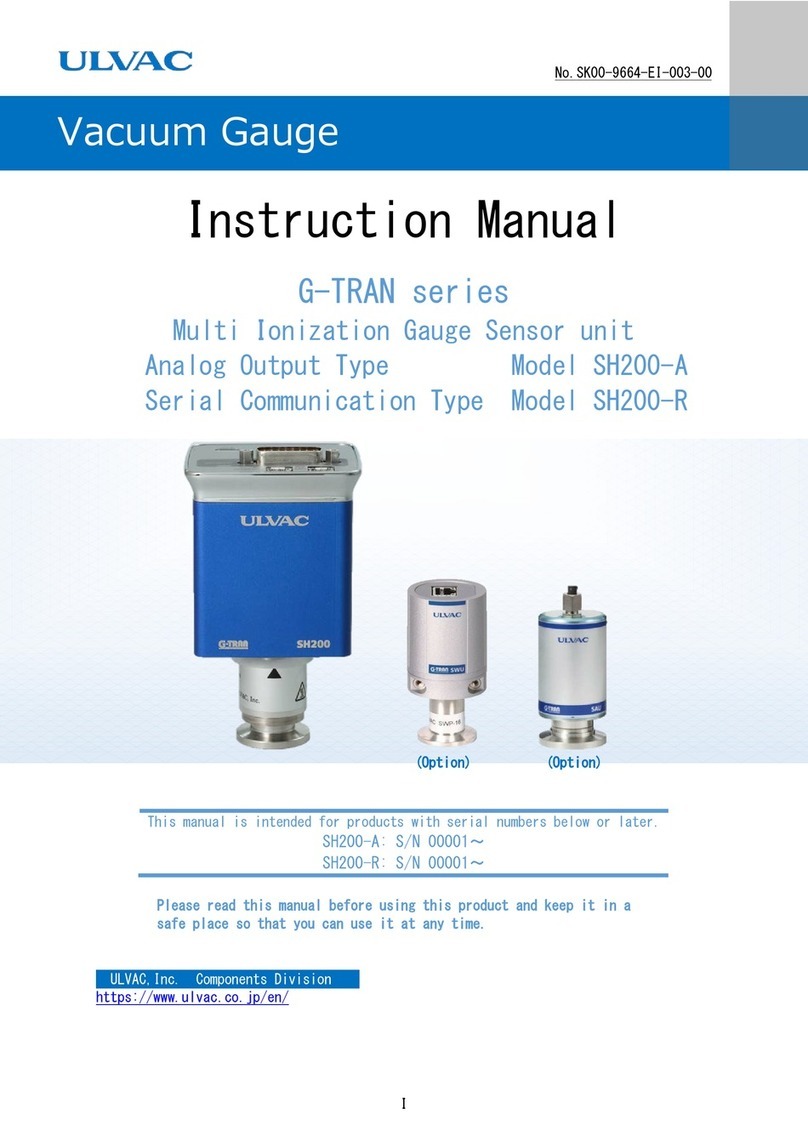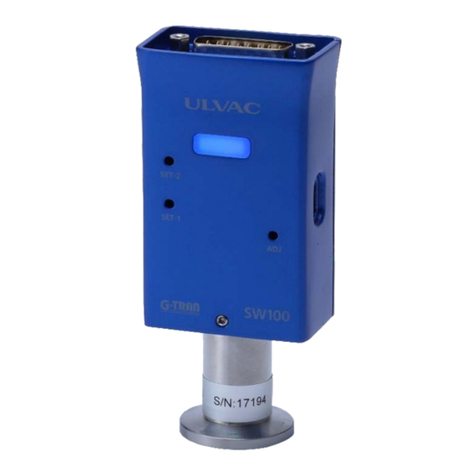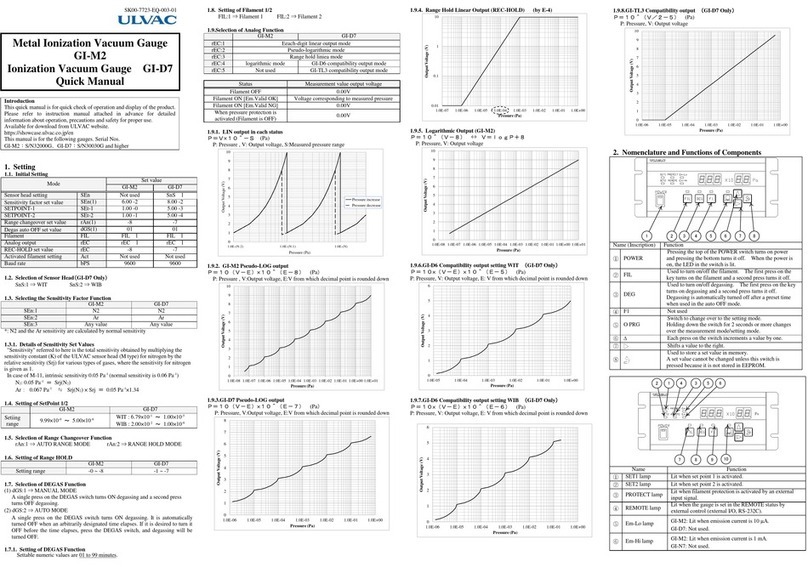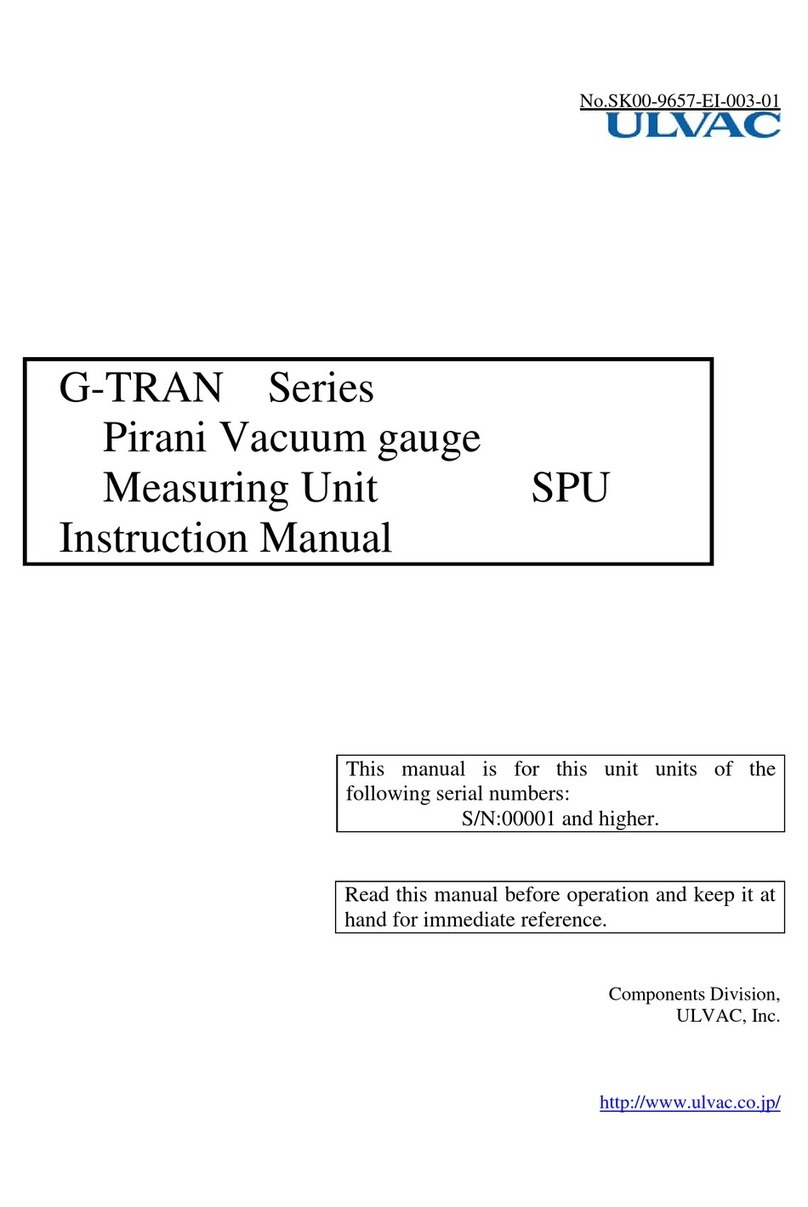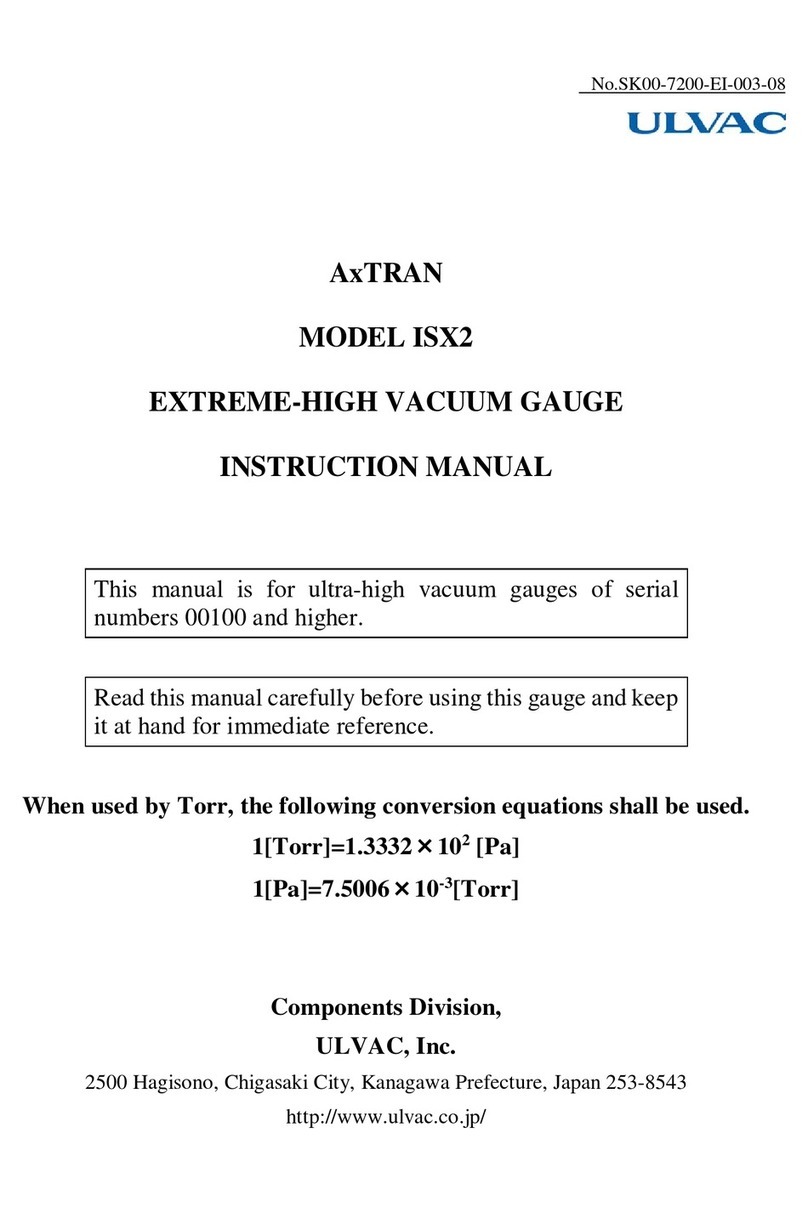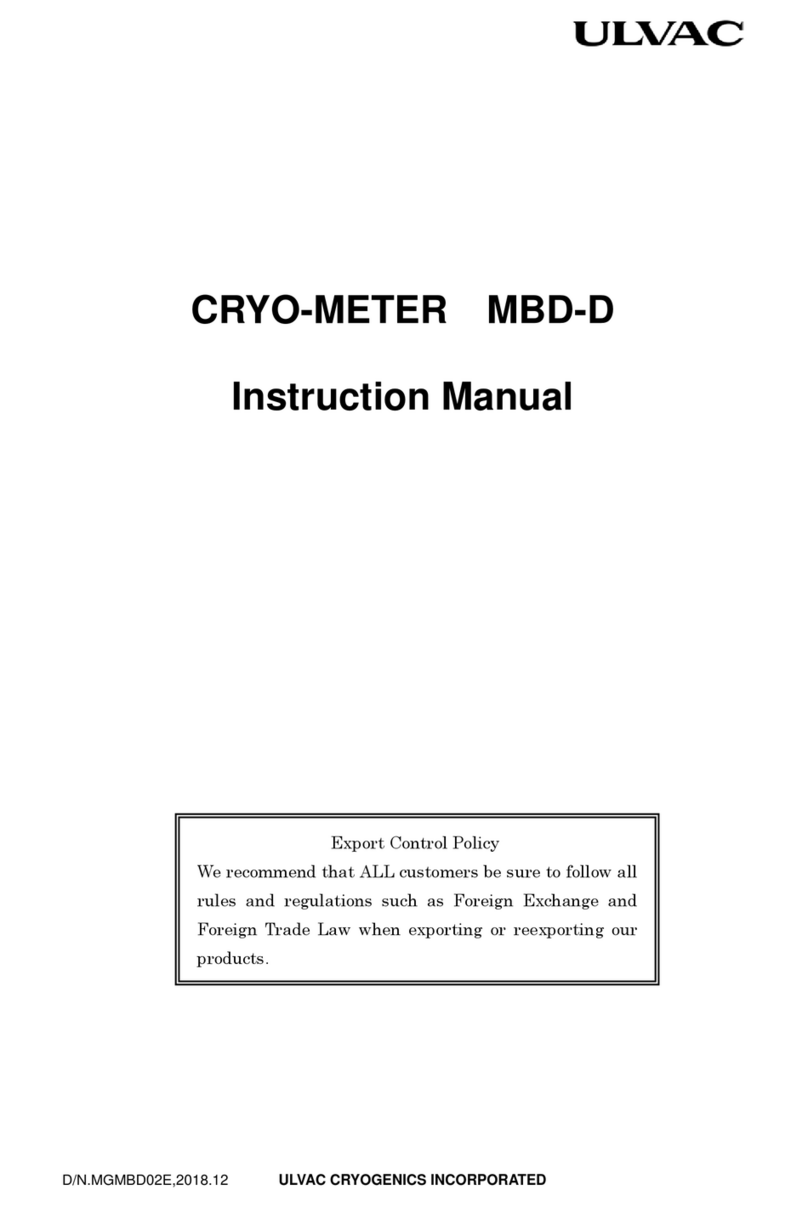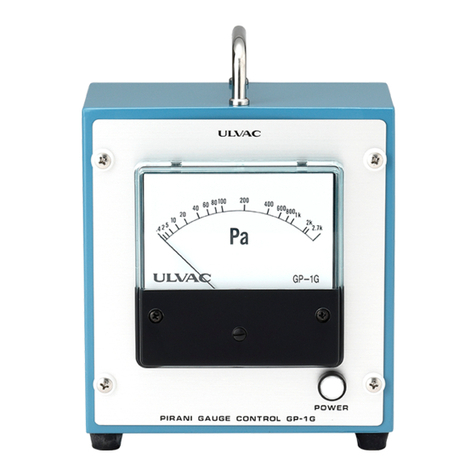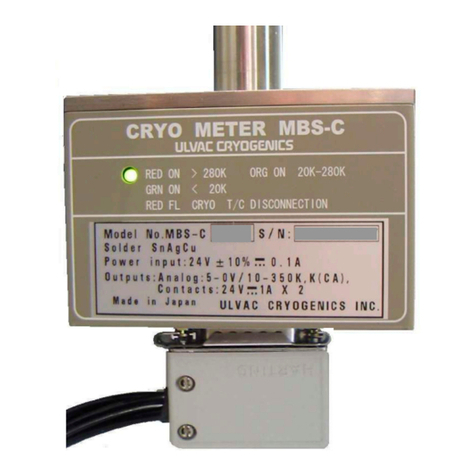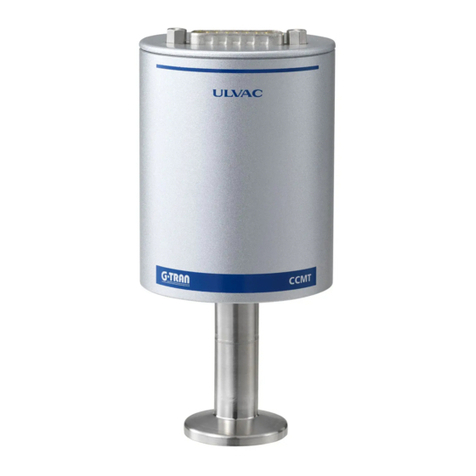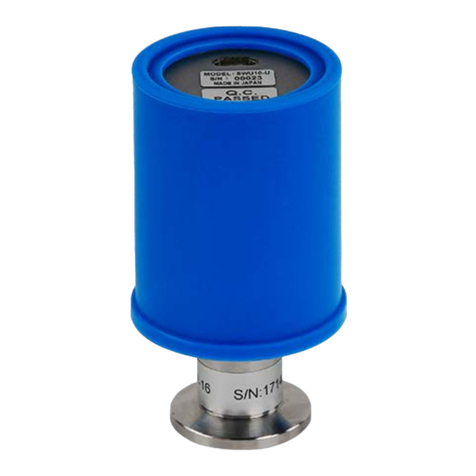4-5-2 Quick start.......................................................................................................35
4-6 Test Mode............................................................................................................36
4-6-1 Standby............................................................................................................37
4-6-2 Auto flow..........................................................................................................37
4-6-3 Gross leak flow ................................................................................................38
4-6-4 Middle leak flow ..............................................................................................39
4-6-5 Fine leak flow ..................................................................................................40
4-6-6 Zero tracking function.....................................................................................41
4-6-7 How to use the internal calibration leak........................................................42
4-6-8 Test end ...........................................................................................................43
4-7 Stop Mode............................................................................................................44
4-7-1 How to shut down............................................................................................44
4-7-2 After shutdown................................................................................................44
4-8 Error Mode..........................................................................................................45
4-8-1 Error mode.......................................................................................................45
(1) “Caution” .............................................................................................................45
(2) “Notice”................................................................................................................46
4-8-2 List of error messages.....................................................................................48
5. EXAMPLES OF APPLICATION...............................................................................49
Case 1 (Test object with small capacity)....................................................................49
Case 2 (Test object with large capacity).....................................................................50
Case 3 High sensitivity test........................................................................................51
Case 4 (Test object with large capacity, with fore pumping system)........................52
Case 5 (Leak test of other equipment).......................................................................55
6. MAINTENANCE........................................................................................................56
6-1 List of Maintenance Items..................................................................................57
6-2 Maintenance Procedure......................................................................................58
6-2-1 Removing the external panel..........................................................................58
(1) Front panel..........................................................................................................58
(2) Top panel.............................................................................................................58
(3) Left side panel.....................................................................................................59
(4) Right side panel ..................................................................................................59
(5) Rear panel...........................................................................................................60
6-2-2 Maintenance of rotary pump ..........................................................................60
6-2-3 Maintenance of compound molecular pump...................................................61
6-2-4 Maintenance of Pirani gauge sensor head .....................................................62
6-2-5 Maintenance of ion source...............................................................................63
7. TROUBLESHOOTING..............................................................................................64
7-1 Caution................................................................................................................65
7-2 Notice...................................................................................................................67
7-3 Other....................................................................................................................71
8. INPUT/OUTPUT........................................................................................................72
8-1 ACCESSORY Input/Output ...............................................................................72
(1) List of input/output signals................................................................................73
(2) Description of signals..........................................................................................73
(3) Output signal ......................................................................................................74
(4) Input signal.........................................................................................................75
(5) Operable input format........................................................................................76
(6) List of system errors...........................................................................................77
(7) Input/output timing chart ..................................................................................79
8-2 REC. OUT Output...............................................................................................80
8-3 EXT. V Output ....................................................................................................81
8-4 PRINTER Output ...............................................................................................82
8-5 RS232C Input/Output.........................................................................................83
9. MISCELLANEOUS ...................................................................................................85
9-1 Method of Test Port Purge..................................................................................85
10. WARRANTY...........................................................................................................86
